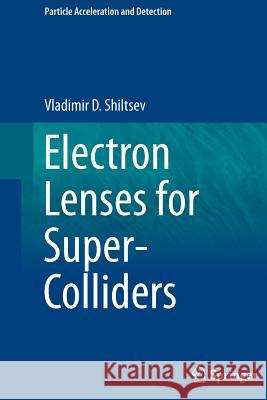Electron Lenses for Super-Colliders » książka
topmenu
Electron Lenses for Super-Colliders
ISBN-13: 9781493950102 / Angielski / Miękka / 2016 / 188 str.
Kategorie BISAC:
Wydawca:
Springer
Seria wydawnicza:
Język:
Angielski
ISBN-13:
9781493950102
Rok wydania:
2016
Wydanie:
Softcover Repri
Ilość stron:
188
Waga:
0.29 kg
Wymiary:
23.39 x 15.6 x 1.12
Oprawa:
Miękka
Wolumenów:
01
Dodatkowe informacje:
Wydanie ilustrowane











